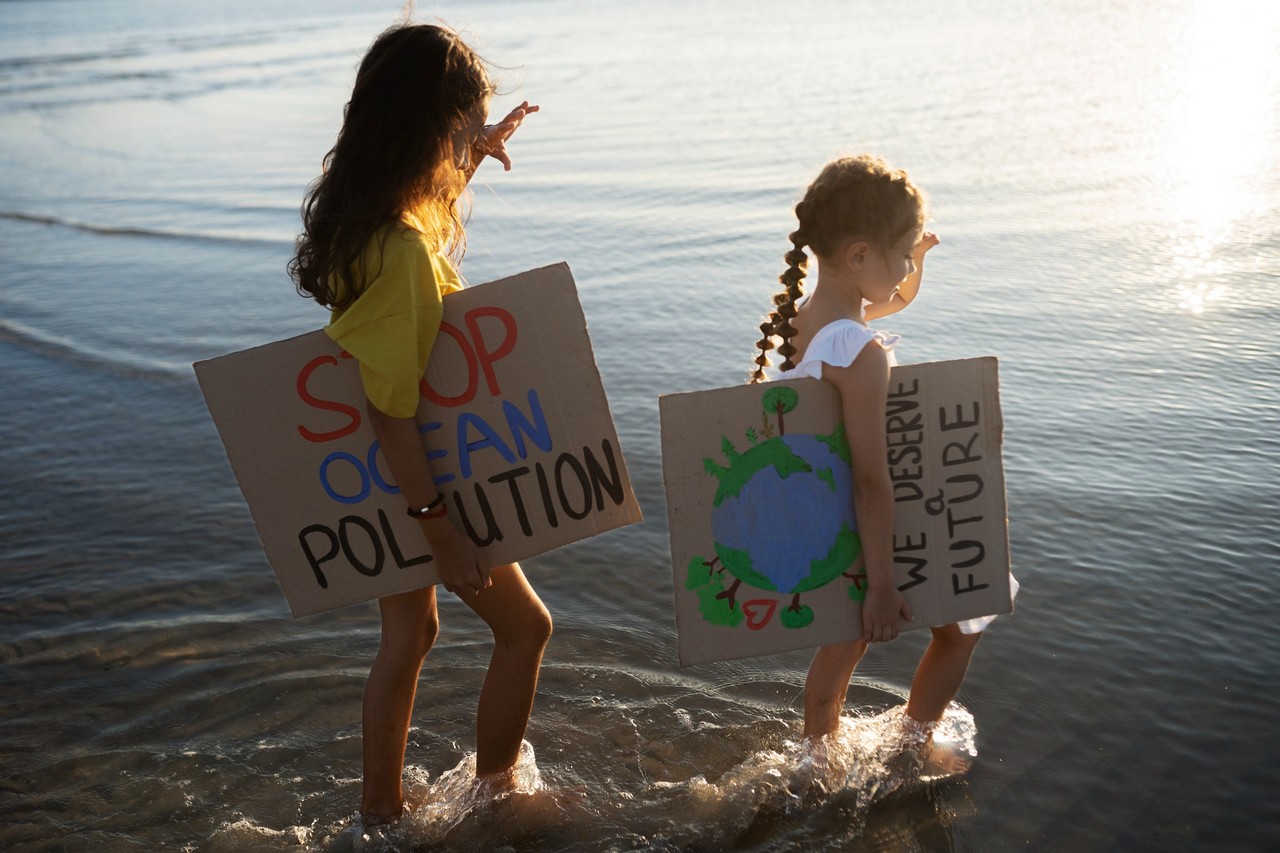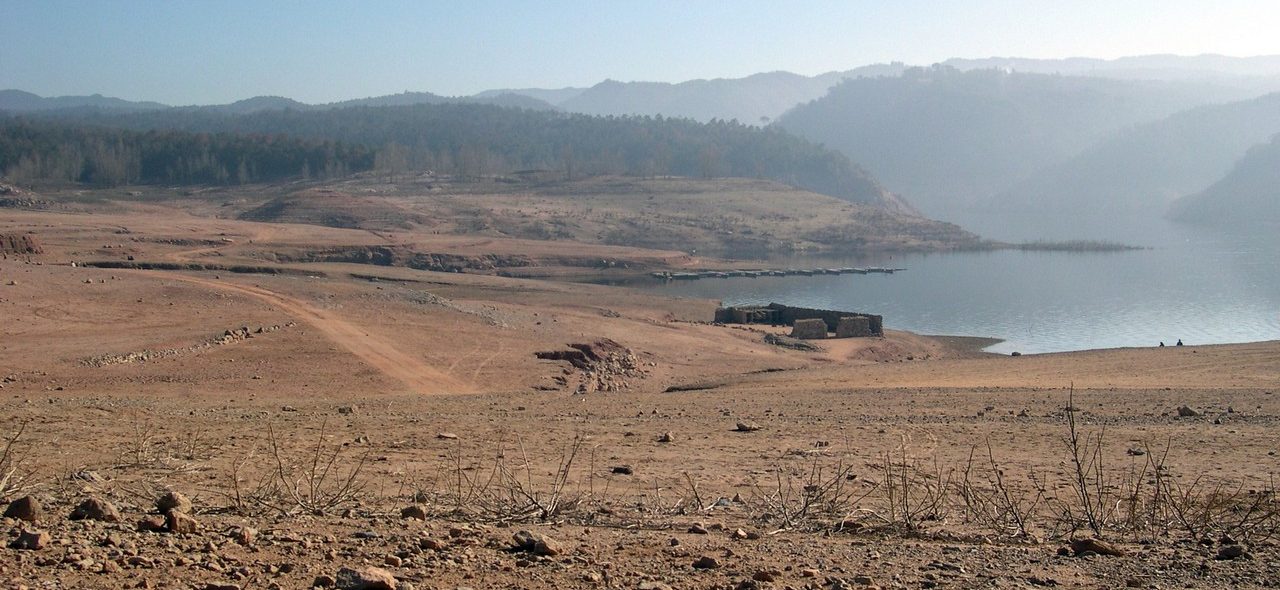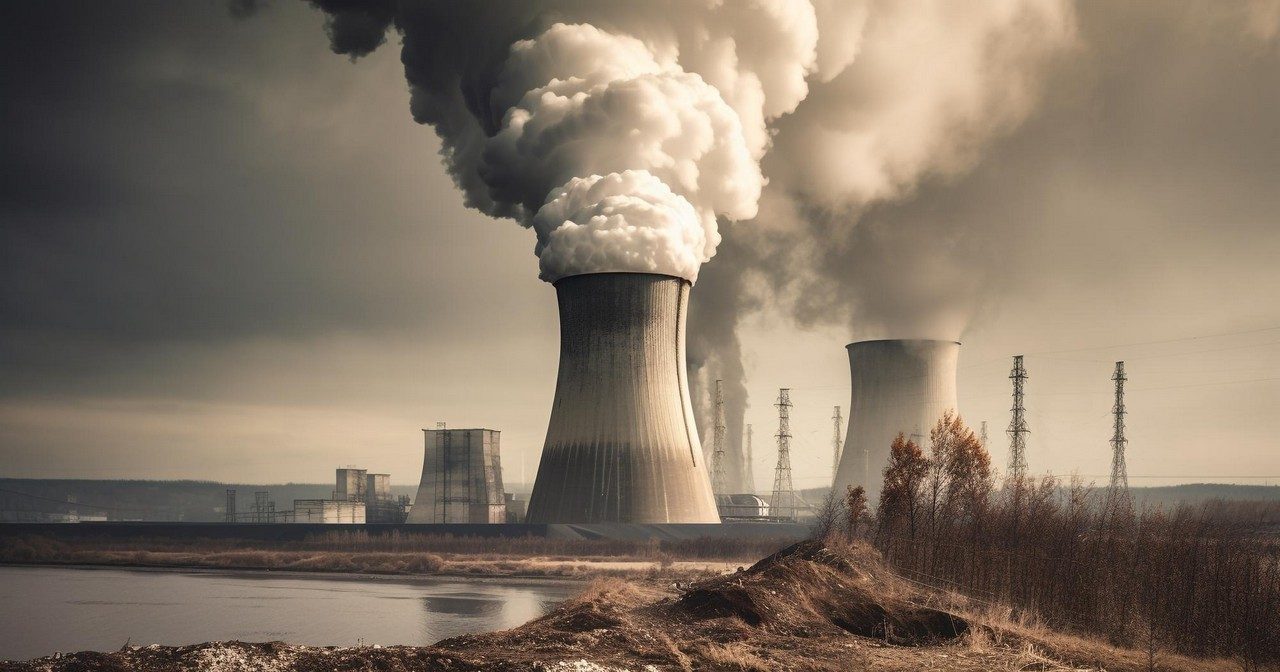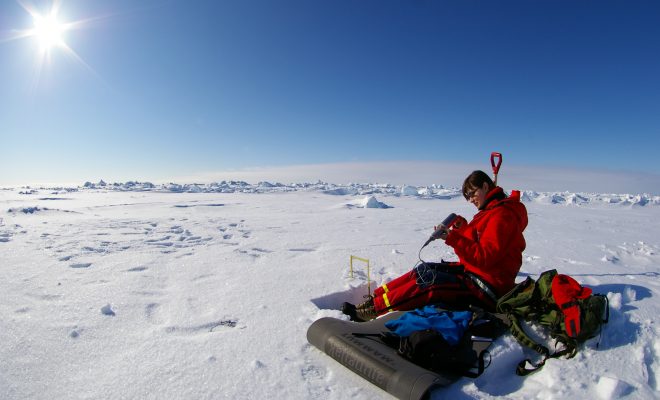
“The demolition of dams in Europe is an attack on the agricultural industry.” This fake news has recently circulated in social media in the EU, where the most deteriorated or unusable diversion dams (small walls for redirecting river water) are being demolished. In Spain, due to the alarming drought of recent years, fake news has circulated profusely with a clear political intention. “They want to empty the reservoirs to reduce irrigation,” “The life of frogs is more important than that of farmers,” and a long list of slogans against SDG 15 (Safeguarding ecosystems) warn of an alleged international plot to “paralyze the food industry and blame it on climate change.”

Knowing how to communicate science and solidarity-based solutions is the antidote. © Freepik
Reality is a different story. Dam Removal Progress, a publication that closely monitors the removal of river barriers in Europe, offers contrasting data that contradicts what is being disseminated in these messages. The dams divert part of the water from a river to a canal or irrigation channel; they are not dams per se, so their demolition does not affect the capacity of the dammed water in a basin. The Spanish Ministry of Ecological Transition and the Demographic Challenge has come out in the open, stating that no dams with the operational capacity to supply water have been demolished. However, old deteriorated obstacles with no function whatsoever have been removed. Their breakage can cause damaging floods in the event of torrential rains, as seen recently.

In Spain, due to the alarming drought of recent years, fake news has circulated profusely with a clear political intention. “They want to empty the reservoirs to reduce irrigation.© horrapics
The 2030 Agenda in the spotlight
In the economically developed world, attacks against SDG 15 are frequent. In Spain, we find paradigmatic examples in the campaigns against the plans to safeguard the Doñana wetlands , the Mar Menor, and the Valencia Albufera. Data from scientific reports are consistently underestimated, and the institutions that compile them are often discredited.
All this is part of a trend that has accelerated since the Paris Agreement at COP 21, when the countries that emitted the most gases seemed to take the fight against climate change seriously. The agreement came just a few months after the Resolution by the UN General Assembly created the 2030 Agenda with its 17 SDGs.

Attempts to demonstrate that the SDGs result from political manipulation have been at the root of most attacks. These attacks, which have followed a process often parallel to climate denialism, increased exponentially with the COVID-19 pandemic. In the wake of the anti-vaccine campaign, an action framed against SDG 3 (Health and well-being), misinformation was spread about what happened to vaccinated people when they came into contact with 5G cell phone radiation. These ideas claimed that the goal hidden behind the 2030 Agenda was to depopulate the planet by eliminating the elderly and immune-compromised individuals, who were the first groups to be vaccinated.
Water poisoning was also at the heart of the alleged wickedness of the instigators of Agenda 2030, both as a vector for the spread of the coronavirus at the beginning of the pandemic and as a clandestine mass vaccination. When air traffic returned to normal after the lockdown, the paranoia was magnified by chemtrails. This theory claims that the contrails from planes visible in the sky were, in fact, a cocktail of chemicals to control the population.
Misinformation about migration and gender equality
The migratory flow from the most disadvantaged countries to the advanced economies is also the subject of alarmist campaigns based on rumors spreading the idea that the UN and the “globalists” are encouraging the arrival of migrants, whose higher birth rates will eventually displace the population of the countries that receive them. The International Organization for Migration (OIM) is also attacked when it recalls that conflicts and poverty force people to flee their homes in search of a dignified and safe life.
In this case, campaigns are related to climate denialism. For example, in the case of migration from sub-Saharan countries to Europe, it is left out that one of the causes of their impoverishment is the recurrent droughts that are increasing, which “is an invention of Agenda 2030.”
A similar pattern is followed by campaigns against the gender equality promoted by SDG 5, which they claim seeks “the destruction of the family,” when it is clear that this goal simply advocates ending all forms of discrimination against women and girls, unfortunately evident in many communities worldwide.
Discrediting climate science
Climate change denialism generates most of the fake news and false information. Heat waves, droughts, and floods are downplayed with all kinds of resources: from old photos showing thermometers reading over 50, without mentioning that they are in the sun, to images of destruction caused by torrential rains that abound in newspaper archives. It is argued that “in summer, it is always hot,” that “there have always been cold fronts,” and that the “climate has always changed.”
In many cases, people try to create confusion with obvious truths such as “CO2 is necessary for plant life,” omitting that the excess of this gas causes the greenhouse effect.
SDG 13 (Climate Action) is in the spotlight. The goal of orchestrated climate denialism, generally from extreme right-wing political sectors, has always been to deny that warming is due to human action. The most diverse alternatives are disseminated as possible causes: the sunspot cycle, volcanic eruptions, the variation of the moon’s orbit, and an endless number of theories, some of them absurd. All these phenomena have been studied by science and discarded as causes of global warming.

Above all, the fossil fuel lobbies have so far encouraged the most doubts among civil society and put the most pressure on governments to delay action to reduce greenhouse gas emissions. © vecstock / Freepik
The science branches most under attack are climatology and meteorology. The denialist forums promote the idea that the “official science” of the 2030 Agenda elaborates the IPCC studies, and the “fallacy of incomplete evidence” is widely practiced. Only the evidence that confirms the opposite of a fact is selected, or they choose evidence “tailored” to what they want to reject. Above all, the fossil fuel lobbies have so far encouraged the most doubts among civil society and put the most pressure on governments to delay action to reduce greenhouse gas emissions.
This wave of disinformation overlooks the fact that scientific institutions not linked to the UN, such as Cornell University, have published several studies that conclude that 99.9% of the 88,125 peer-reviewed scientific articles (critically assessed by experts who are not part of the editorial team) agree that climate change is of anthropogenic origin.
Lately, given the difficulty of continuing to deny the resounding evidence of climate change caused by gas emissions, a new denialism has emerged that devalues individual action and promotes the idea that the solutions proposed to curb it, such as the SDGs, are useless and destructive for the economy. From “you can’t do anything” to “don’t worry, they’ll come up with something,” slogans are launched to discourage the public and quash its critical spirit.
Not everything on social media
Few SDGs are spared from attacks. SDG 11 (Sustainable Cities and Communities), which promotes regenerative cities and plans to green urban areas, is accused of wanting to restrict citizens’ freedom to travel outside their neighborhoods, and SDG 4 (Quality Education) is seen as an attempt to indoctrinate against the Western system and culture.
Some of these rumors, mainly circulated on social media, have resonated in the mainstream media. Campaigns have been carried out from some high political spheres in this sense. The most explicit case is former US President Donald Trump, who has always claimed that the UN is trying to destroy his country’s economy through the 2030 Agenda. Most extreme right-wing and ultra-nationalist politicians support these ideas and constantly convey them on their social media channels and in the media aligned with their ideology: “The 2030 Agenda attacks the sovereignty of countries to create a globalized command to destroy the system.”
The lack of convincing agreements at the COPs is causing growing symptoms of social despondency that create fertile ground for disseminating demagogic messages. These take advantage of the context of climate alarm to provoke emotions that leave the ground for depressed moods, encourage denialism, and worsen coexistence. Governments, scientists, institutions, and the media must integrate educational aspects into scientific information, explain the reasons for the changes needed to achieve the SDGs and show solutions based on the tangible and achievable collective benefit of solidarity.





